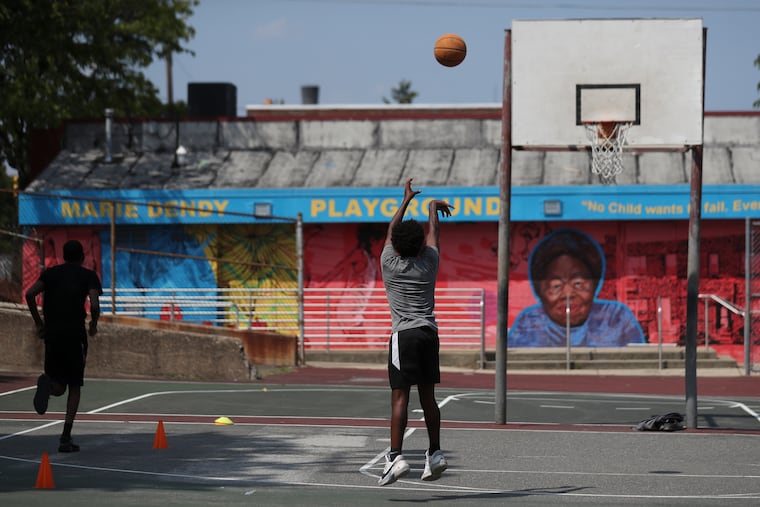Philadelphia spends more on public spaces in whiter, richer neighborhoods, report says
One major outlier? The Rebuild program, which intentionally incorporated equity into its decision-making process on funding upgrades to parks, libraries, and recreation centers.

Philadelphia officials spent a disproportionate amount of taxpayer dollars on public spaces in neighborhoods that are relatively whiter and wealthier than the rest of the city, according to a report released Thursday that examined a decade’s worth of data.
The study, conducted by the Pew Charitable Trusts, found that from 2011 to 2022 those neighborhoods saw more than 2.5 times the investment per capita than areas considered to be historically disadvantaged. The researchers found that as the share of Black residents increased in a given neighborhood, the amount of money the city invested in that area’s public spaces decreased.
Pew’s report — which was requested by former Mayor Jim Kenney’s administration — laid into stark relief how and where the city has allocated money to build and upgrade its physical infrastructure. And it showed that neighborhoods that have seen decades of economic disinvestment also received comparatively fewer taxpayer dollars for government-owned spaces like parks and health centers.
There was a notable outlier: the Rebuild program. That project, which was launched under Kenney in 2017 and is considered one of his defining achievements, was established to upgrade city parks, libraries, and recreation centers in an equitable manner. According to Pew, neighborhoods considered to be the most disadvantaged saw 20% more investment under the program than the citywide average.
» READ MORE: Mayor Kenney’s plan to rebuild rec centers and libraries was a legacy-making project beset by delays
Katie Martin, the project director at Pew’s Philadelphia Research and Policy Initiative, said that finding shows that when city officials are intentional about allocating resources to communities in need, it has a measurable impact.
“When city officials are deliberate in considering equity while making their choices about spending,” she said, “you do see a difference in outcomes.”
Pew analyzed demographic data from the U.S. Census, as well as the city’s capital fund spending and commitments from fiscal years 2011 to 2022. Researchers scored a neighborhood’s “potential disadvantage” by combining measures like income, race, age, and immigration.
They found that over the time period, the city invested $802 per capita — but that the amount varied widely in different parts of the city.
For example, census tracts with the highest share of white residents saw $964 invested per person, compared with $474 in those with the smallest share of white residents. And the areas with the highest median income received $1,236 in investment per person, compared with $717 in the area with the lowest incomes.
One key reason is that many of the city’s largest buildings and cultural institutions, such as museums and City Hall, are costly and are concentrated in Center City, where the numbers of white and wealthy residents are relatively high.
But the researchers’ findings were still consistent, even when they only analyzed smaller city spaces, like playgrounds and neighborhood library branches. Investment was still generally lower in more disadvantaged neighborhoods.
Martin said the good news for the city is that strong data can provide leaders with insights to improve. She said Philadelphia is, to her knowledge, just the second major city, behind Baltimore, to study its capital spending in this way.
“Equity in capital budgeting is important,” she said. “These are the rec centers, the libraries, the firehouses. This is the way that Philadelphians interact with their government. They provide the services their communities rely on.”